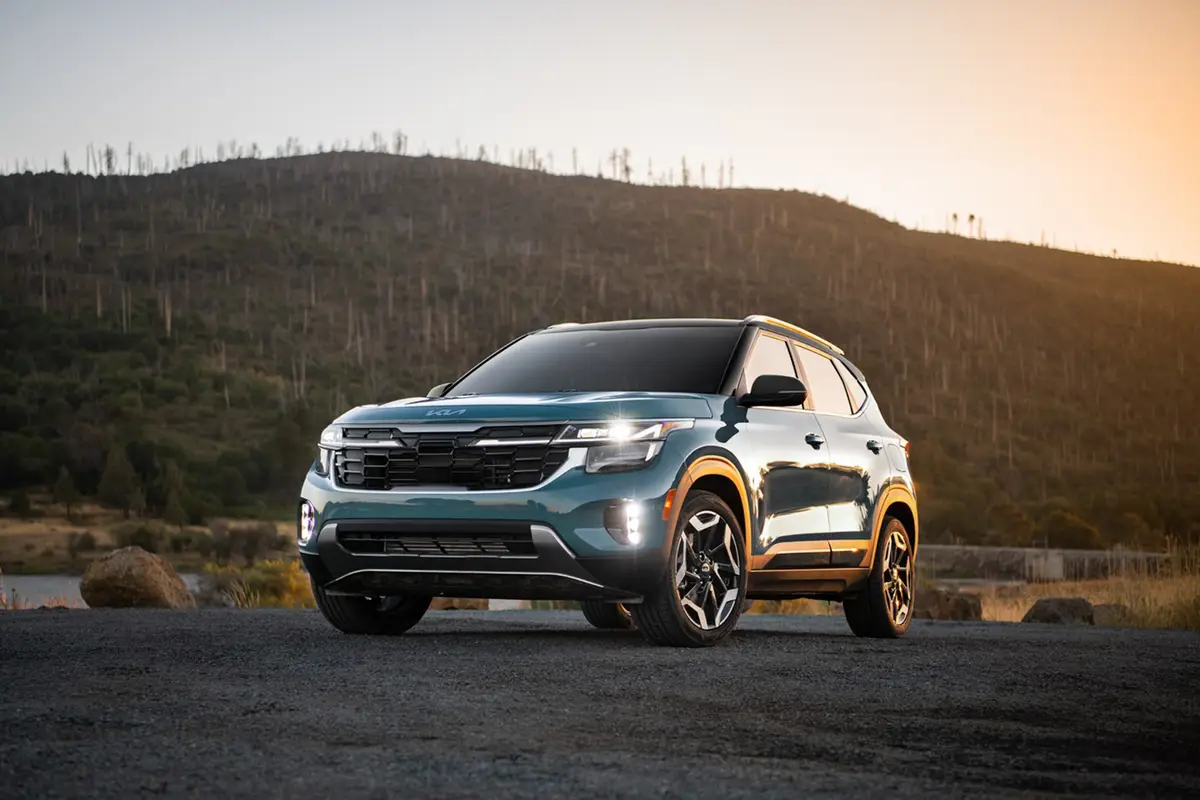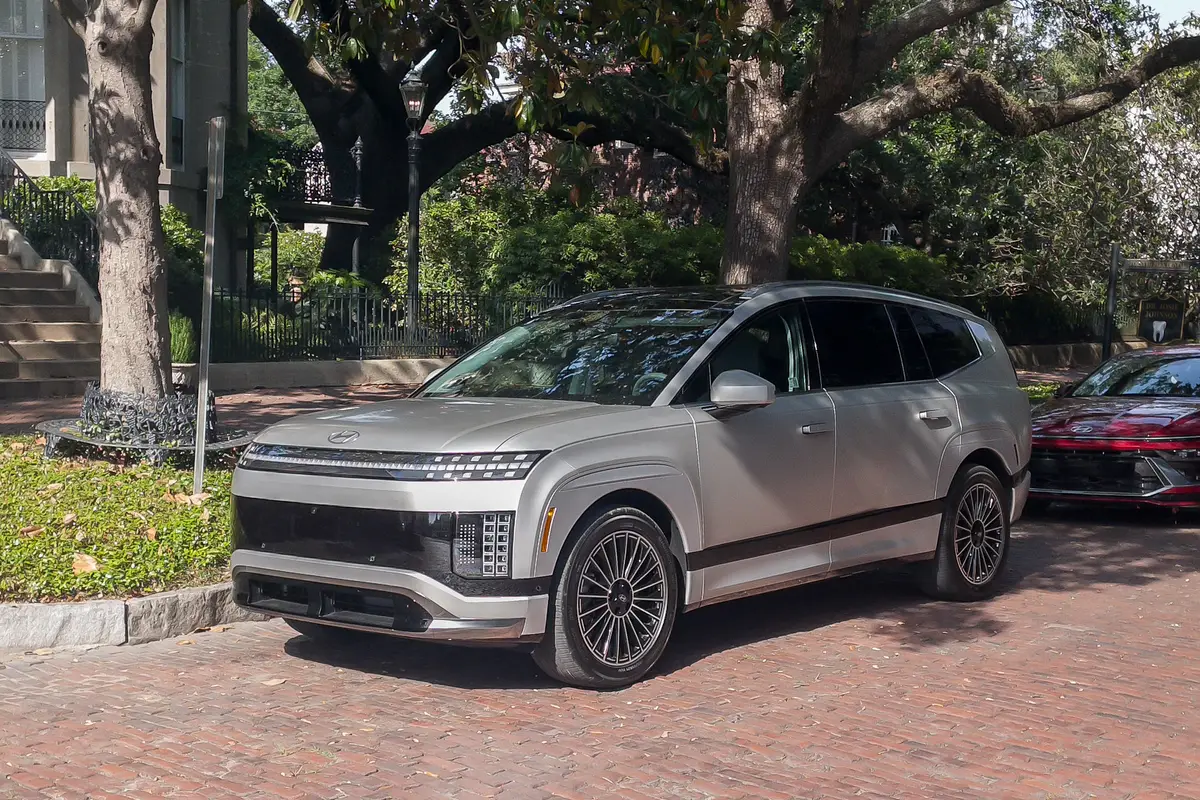Boston.com's view
Hyundai Santa Fe comes loaded with value
Sometimes, a family car grows on me, revealing itself in weight-shifting corners, swift lane changes, arduous commutes where comfort is queen, and shows itself to be worth the many thousands of dollars it would cost to own it. And there are those that, despite a cheap price tag, reveal themselves to be worth more than the sum of the price sticker components.
I put the Lincoln LS, about which I was most skeptical at its introduction, in the first category; the Ford Focus in the second.
But then there are those that come out of nowhere, smack you right between the eyes like a bumblebee hitting the bridge of your nose as you scream down the highway on your Harley.
I put the Hyundai Santa Fe, which I first drove about three years ago, in this last group. It didn’t float like a butterfly, and, heavy beast that it was (and remains for its size) it hit like a June Bug rather than stung like a bee.
It was heavy, underpowered, yet loaded with content, and most capable in the deep of winter drifts and the dry glide of open highway. And at a base price around $20,000 in four-wheel-drive form — with lots of interior space — a relative steal when put up against competitors in class.
And it came with a 100,000-mile, 10-year warranty that no one else could touch.
Load it up with leather and options and you still were under $25,000. Rare air, indeed.
If Toyota, General Motors, Ford, DaimlerChrysler are the Yankees, Sox, Braves, Dodgers of today’s auto industry, then the Koreans — Kia and Hyundai — are the Oakland A’s and Minnesota Twins, competing fiercely on far less reputation or cash.
Yet here they are, modeling themselves after Toyota and Honda, starting with a few cheap cars, moving on to an impressive offering of good cars cheap, tapping every niche, urging the establishment of stand-alone dealerships for their brands.
Kia had two models just a couple of years ago and has seven now. Hyundai sold 90,000 cars here in 1998; will sell five times that many before this year closes.
Along with a flagship luxury sedan, the XG 350, Hyundai is now offering a power-boosted, content-enhanced Santa Fe. It uses the XG 350 3.5-liter V-6 engine, adds safety gear, and still keeps its price, even in as-tested 4WD form, below $25,000 — no small feat these days. It’s still a bit heavy, owing to cast iron in the engine blocks, but the new V-6 is a modest horsepower (195), high torque (219 lb.-ft.) powerplant.
It is mated to a five-speed automatic transmission that is wonderfully smooth in its shifts — transparent, in fact. And when you shift it into manual mode it lets you push it hard for climbing hills or holding on descents — a great trait given that, even with the bigger engine, 195 horsepower is hardly trailer-hauling power.
Yet it is plenty to get its five occupants and all of their ski gear to the slopes. And its electronic four-wheel-drive system — front-wheel biased yet slipping torque front to rear as needed — proved most nimble. It’s not a raging off-roader, yet it climbed the steep, long hill that leads from my house on a cove to higher land and civilization, through eight inches of unplowed snow, with ease.
The ride, though engineered for a car-like softness (struts and coils upfront, a fully independent rear with coils) was a bit jumpy on winter-pocked roads, though that hoppy stiffness may be attributed to the rigidity of the unibody construction. It made for smooth highway travel and easy, flat lane changes, however.
And when I talk about added content at this price (below $25,000), I’m not just talking geegaws and baubles.
You get 4WD, ABS keyed to four-wheel disc brakes, traction control, dual front air bags, front side air bags, first aid kit, remote keyless entry, black privacy glass, a Monsoon 18-watt sound system with CD changer, power windows and door locks, power heated mirrors, cruise control, cargo cover and net, and roof rack.
If you don’t care about hauling/towing, you can buy this car with a 138-horsepower, 2.4-liter inline four-cylinder engine for a few thousand less.
I like the basic interior: plastic that doesn’t look cheap, a good central control stack with big, useable knobs. And though the exterior could use an edge, something beyond the short hood and lots of greenhouse glass up the sides, I can live with those looks at this price.
Latest news



